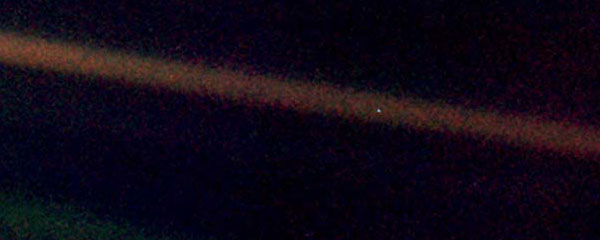Too many planets

One of the stranger arguments against counting Pluto as a planet is that if we were to include any object of its size and mass that doesn’t orbit a bigger planet, then our solar system would just have too many planets in it for our brains to handle.
The idea got a lot of play back when the International Astronomical Union was debating whether Pluto should be considered a planet. But evidently it’s become so widespread that even critics of the IAU’s decision are buying it:
In a sense, the IAU chose to cauterize a wound, a weakness in the definitions, that if left unchanged, would have led to who knows how many planets in our Solar System.
Mostly, that article goes to argue for a new set of definitions for celestial bodies that isn’t just haphazardly tailored to produce a specific set of planets in our solar system. But it still doesn’t explain how the discovery of a new planet would constitute a wound. Evidently, without official intervention, we should fear that a bunch of fuzzy pictures of small planets might start spilling onto high school astronomy charts, and freak out our impressionable youths who need to be able to count everything using their fingers.


